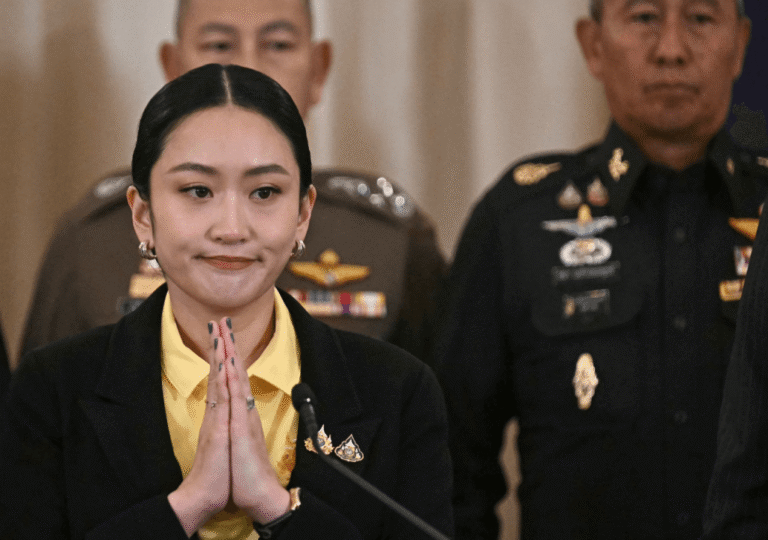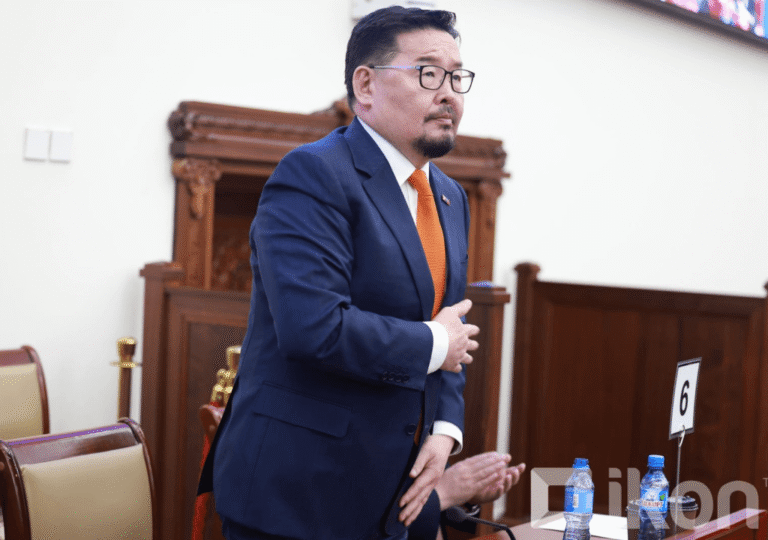Nestled in a corner of the Pacific Ocean, the South China Sea is the center of one of the biggest maritime disputes. Every country along its coast is involved in this complex geopolitical struggle. The main point of contention is China’s aggressive attempt to impose severe humiliation on its neighbors by gaining total control over the South China Sea. China’s narrative directly contradicts the territorial integrity of nations like the Philippines and Vietnam, which both have long coastlines along this disputed sea region.
The world economy heavily depends on the South China Sea. A staggering $3.4 trillion of the $16 trillion global maritime shipping industry passed through its seas in 2016. This vast territory, which is roughly 3,500,000 km2, is bordered to the north by South China, to the west by Vietnam, to the east by the islands of Taiwan and the Philippines, and to the south by the islands of Indonesia and Malaysia. The South China Sea Islands, which are made up of many archipelago clusters with hundreds of seamounts, islets, and small, uninhabited islands, are the center of conflicting sovereignty claims from various nations. Asia’s most potentially explosive source of conflict arises from these disagreements over the many names given to the islands and the sea.
In recent developments, the President of the Philippines, Ferdinand Marcos Jr., is currently on a tour in Hanoi, the capital of Vietnam, for a crucial meeting aimed at fostering greater collaboration, particularly in the maritime domain. President Marcos announced that talks on maritime cooperation with Vietnam will be a cornerstone in establishing a strategic partnership between the two Southeast Asian nations. Prior to his departure for a two-day state visit to Hanoi, Marcos emphasized his commitment to enhancing this aspect, emphasizing the promotion of peace and stability in the region.
During his visit, President Marcos is slated to engage with top officials from Vietnam, with a specific focus on agreements related to coastguard collaboration and rice supply. Given Vietnam’s significance as a major rice exporter and the Philippines being one of the world’s largest importers of rice, this collaboration holds strategic importance. It is anticipated that closer ties and collaboration will contribute to the formation of a strong alliance. With two-way trade exceeding US$7.8 billion last year, the trading relationship between Vietnam and the Philippines has become crucial for both nations, and further expansion is expected as their relationship deepens.
President Marcos expressed optimism that his visit would elevate bilateral relations, ushering in a new era of friendship and cooperation. Beyond maritime affairs, discussions are anticipated to cover a broad spectrum, including trade, investment, education, tourism, and addressing regional as well as multilateral concerns.
The historical roots of Philippines-Vietnam relations extend back for centuries. Following the conclusion of the Cold War, these relations witnessed a significant warming, despite Vietnam’s alignment with the Soviet Union and the Philippines’ affiliation with the United States during that era. Although territorial disputes over the Spratly Islands persist, involving Brunei, China, Malaysia, and Taiwan, recent bilateral ties have generally been characterized as amicable.
Both nations disapprove of China’s nine-dash map, and they advocate for a multilateral diplomatic approach, considering the United Nations Convention on the Law of the Sea (UNCLOS) as a mechanism for dispute resolution. Notably, Vietnam has been drawing closer to Europe and the U.S., prompting some experts to suggest that Vietnam is emerging as the new strategic partner for the West. This shift is not viewed favorably by China, leading to a deterioration in the relationship.
As Vietnam becomes a more prominent ally of the U.S. in the region, the country seeks to foster stronger ties with Vietnam as part of its strategy to secure allies in the face of China’s increased influence in Southeast Asia. The recent visit by the President of the Philippines can be seen in the context of follow-ups to the visits by the U.S. and German presidents to Hanoi, indicating the intricate diplomatic dynamics at play in the region.
It represents the optimal partnership that the U.S. seeks in the region to counter China’s aggression. Despite territorial disputes in the Spratlys, both nations consider each other diplomatic allies and members of ASEAN, averting potential military conflicts. Positioned strategically along a vital maritime route, these two countries can economically leverage the current Western sentiments of discontent towards China and potential future trade disputes. For both Vietnam and the Philippines, this situation presents both opportunities and risks concurrently.








